How to grow strong Luffa seedlings and get large fruits
Lianas of the pumpkin family, depending on the variety, are used for the production of natural washcloths, for medical and culinary purposes. The plant is thermophilic, the vegetative period lasts more than 200 days. Therefore, the main way of breeding it is growing loofah from seeds at home and planting seedlings in open ground.
Description and varieties
Luffa grows naturally in African and Asian countries. Annual herbaceous vines with long and branched stems can reach a length of 5 m.In garden plots, they are used for gazebos, decorative hedges and for producing fruits up to 70 cm.
When growing a loofah from seeds, it is important to remember the peculiarities of its growth and planting. They are summarized in the table below.
Table 1. Some conditions for planting and growing loofah
| Germination of prepared seeds | One week after planting |
| The beginning of fruiting, not earlier | After 200 days |
| Planting depth of seeds | 15-20 mm |
| Optimum temperature for seed development | +20 to + 35 ° C |
| Shade tolerance | Good (capable of developing in partial shade and low light) |
| Recommended distance between adult vines | 1-1.5 m |
| Optimum soil acidity | RN 6.3 |
Luffa varieties grown in domestic conditions
Two varieties of this plant are most popular with our gardeners:
- Sharp ribbed loofah. The immature small-sized fruits of this vine are used for cooking. They grow up to 35 cm in length and resemble a mace or a cone in shape. The spongy flesh is dense and strong, but it is difficult to peel the ribbed fruit: the top sheets are difficult to remove. Pollination occurs by insects and only at night, when the flowers of the plant open. The variety is resistant to temperature extremes, it is accepted on all types of non-acidic soils. Resistant to fungal infections. The growing season is shorter than that of other species.
- Cylindrical loofah. It is used for the production of washcloths and various decorative crafts from fruits that grow up to 70 cm. The shape is a cylinder, pointed towards the stalk. The pulp is white and tender. The bark is easily removable.
Reasons why there may be poor seed germination
The seeds of the plant are quite expensive. On average, a package of 5 seeds is 45 rubles. Therefore, in order not to waste money, it is important to know and follow a few rules:
- when buying seed material, be sure to pay attention to the quality certificate and storage time: old seeds do not germinate well;
- After opening the package, assess the integrity of the seeds: if there are any damaged or dried ones, return the entire package to the seller or file a claim with the online store. It is not worth planting such seedlings, they will not sprout;
- we must not forget about the preparation of seed for planting. Soaking in warm water for several days will help the sprouts to hatch and develop faster after planting in the soil;
- it is important to observe the sowing time: if you plant a plant in May or June, it will not have time to develop and yield the harvest before the first frost, therefore it is important to start preparing the material for planting no later than the beginning of April;
- the seeding depth affects the germination rate of loofah seeds: if it does not exceed the optimum (see Table 1), the sprouts will quickly break through to the surface and begin to receive optimal nutrition.
The plant will take a long time to grow, so it is customary to grow a loofah by planting seeds and planting ready-grown seedlings in open ground. Work begins at the end of March. The whole process is divided into several stages.
Preparing seeds for planting
An important preliminary stage is stratification, the awakening of seeds. We offer two options for this procedure:
- Place the seeds of the plant in the oven for 2 hours and dry at 40 ° for 90-120 minutes. Now they need to cool down. Then put the seeds in a dampened cloth or between cotton swabs, wrap them in a plastic bag and leave in a warm place. After 8-10 hours, remove the seeds from the bag, transfer to a clean, wet cloth and place in cellophane. The bag should be warm for a week.
- This option is similar to the first, but you do not need to dry the seeds in the oven. All other operations are performed in the same way.
You can visually determine that the seeds are ready for planting: if the skin of the seed is cracked and a sprout appears, it is time to move it into the ground.
Advice! If the seeds are soaked in aloe juice, the germination time will be shortened by several days.
Preparing the soil and planting containers
Luffa is not recommended to be planted in a common box and then dived the grown seedlings. She does not like unnecessary movements and disturbances of the root system, so each grain settles immediately in a separate container. It is better if these are peat glasses, which are then immersed in a hole in the garden along with the plants. But it is perfectly acceptable to use disposable glasses. It is necessary to make drainage holes in them to remove excess water, and when the time comes - carefully cut and remove without damaging the clod of earth.
Growing strong seedlings requires a soil enriched with fertilizers. The easiest way is to buy it ready-made in a garden store, but experienced gardeners prefer to make soil with their own hands.
This will require:
- 1 part river sand;
- 1 part of humus, compost;
- 1 part of the top fertile layer of soil or peat.
All components are well mixed, and the soil is ready. It remains to measure its temperature. If the column has not risen above + 15 ° C, place the bag near the radiator or stove and warm up, stirring the substrate periodically.
Sowing and caring for seedlings
In order to get friendly shoots, it is important not only to deepen the seeds of the luffa correctly, but also to provide them with comfortable conditions.
Follow the steps below:
- Pour soil into glasses, leaving 10-15 mm up to the top.
- Make a hole 15-20 mm deep and place the seed in it.
- Cover the hole with soil and spray the soil with a little water from a spray bottle.
- Wrap the containers in plastic bags and place them in a warm place. The temperature should not drop below room temperature.
- When the first shoots appear (approximately in 5-7 days), remove the bags from the glasses.
Now it is important to monitor the moisture content of the soil and periodically turn the plants towards the sun, swapping them in the pallet. After 12-15 days, the seedlings will need to be fed with a solution of 0.5 liters of soaked, fermented poultry or cattle droppings in 10 liters of water. After stirring the manure well in the water, pour fertilizer under each sprout (for example, with a syringe or syringe) and then fill it with water on top.
Important! When feeding seedlings and any adult plant, care must be taken that the solution does not get on the foliage and stem. Watering is necessary only for the trunk circle.
Starting from the 40th day, the seedlings must be hardened so that they adapt to the sun's rays, air temperature and wind. First, take the sprouts outside for an hour, gradually increasing the period, bring it to full daylight hours.
Planting seedlings
It is recommended to plant the loofah near gazebos or high fences. For a free-standing plant, you will have to embed a long support post into the ground. It is better to prepare the place in the fall.To do this, dig small holes in the designated places and fill them with rotted manure and ash. Recall that the minimum distance between adult plants should be 1 m, this must be taken into account.
The seedlings are moved to open ground in the spring at an average daily temperature of + 14-16 ° C. If plastic glasses were used, the plant must be removed carefully so as not to damage the roots. We recommend watering the seedlings - in this case, the root lump will not be disturbed, the plant will quickly take root in a new place.
How to get large fruits
In order to please the size of the fruits in the future, you should not allow the luffa to develop in height and form a large number of ovaries. When the vine is stretched 4 m, the central trunk must be pinched. At least once every 30 days, feed the pumpkin with a solution of manure and ash (add 1 liter of soaked chicken manure and a 0.5-liter can of wood ash to 10 liters of water).
If all recommendations are followed, gardeners get a decent harvest in early autumn. If you have grown a cylindrical variety, then, having collected pumpkins, they need to be laid in a ventilated warm room and dried properly. When, when shaking, the rustle of seeds inside the workpiece is heard, it's time to start making a washcloth.
I use Luffa for making homemade soap and for decorative details in rooms - it all depends on your capabilities and imagination. But by growing a crop of environmentally friendly, natural washcloths for the family, you will justify the investment of time and effort a hundredfold.
Luffa is sensitive and capricious only to landing conditions. In the future, caring for her is simple and boils down to the usual and easy manipulations. And by the fall, the vine will delight you with neat fruits that will be used as a treat or will become a workpiece with which it will be pleasant and interesting for you to work.
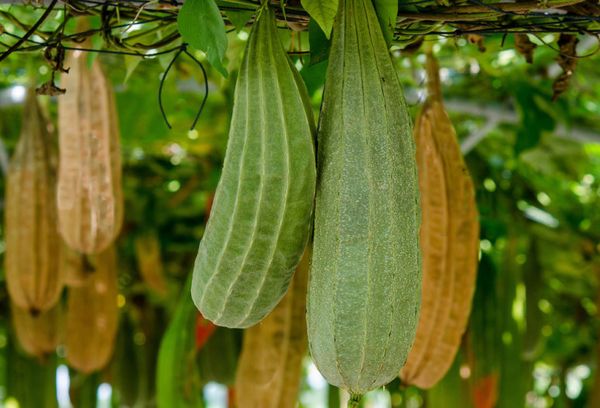
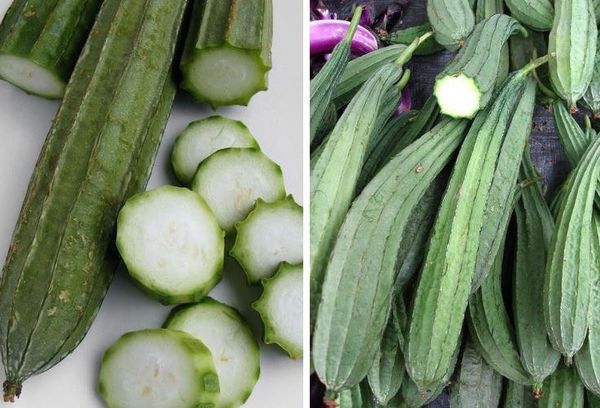
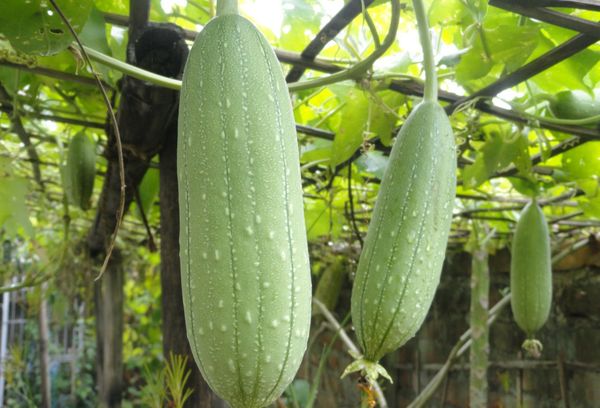
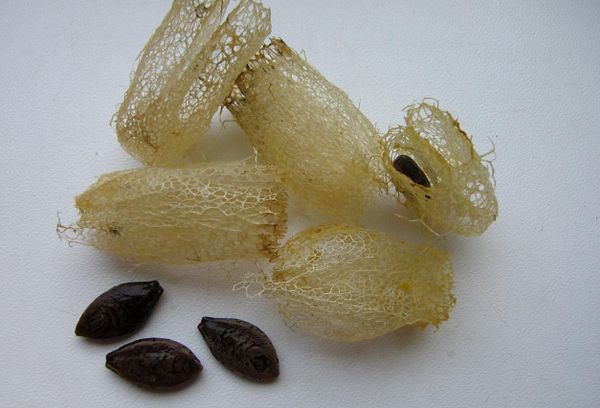
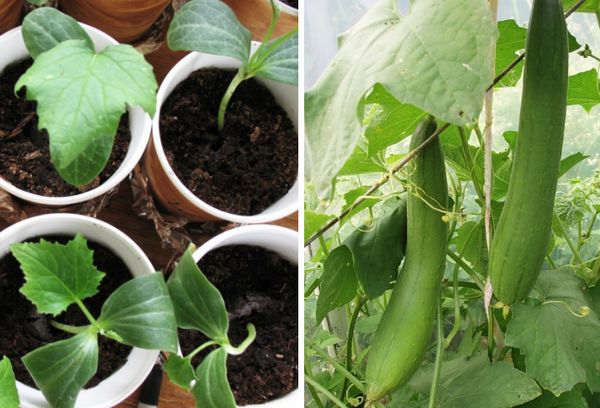

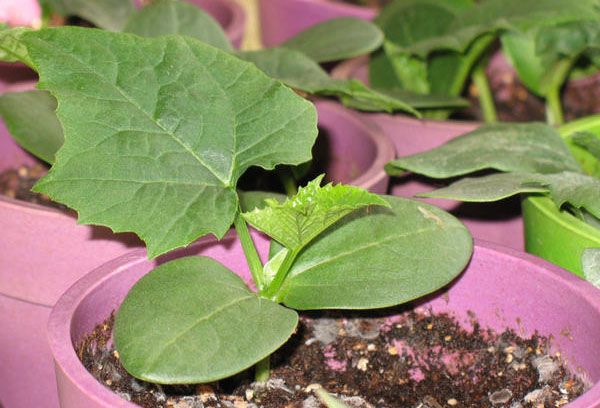
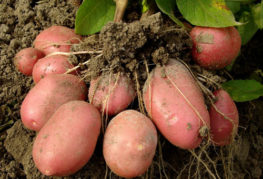
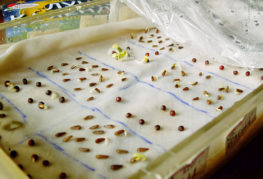
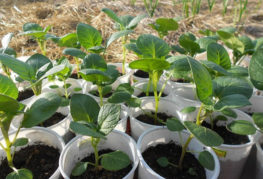
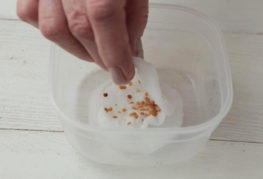
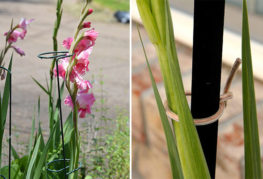
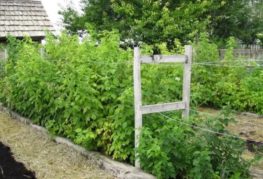
Thank!